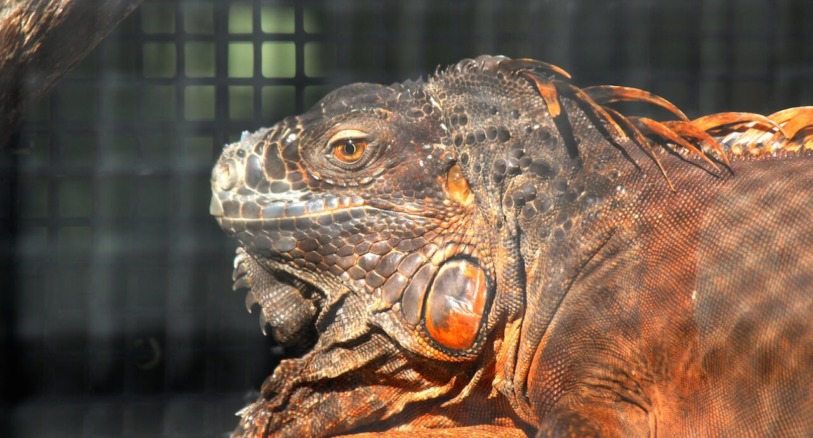
Females migrate en masse to egg-laying sites. Dig elaborate burrows with labyrinthine tunnels. Egg laying takes place in February or March. 25 to 40 eggs are buried 12 inches deep in moist sand or soil.
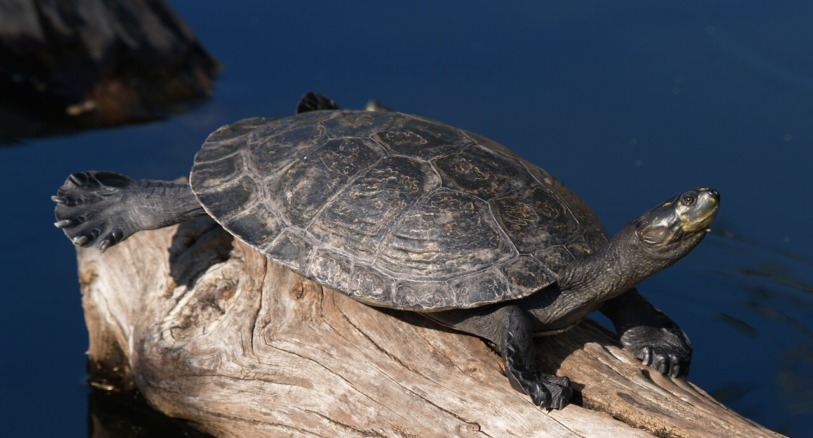
Yellow-spotted amazons are found in Northern South America, Venezuela and Surinam to northern Brazil; mainly in Amazon and Orinoco river drainages, in large rivers, backwaters, lagoons, and flooded forests.
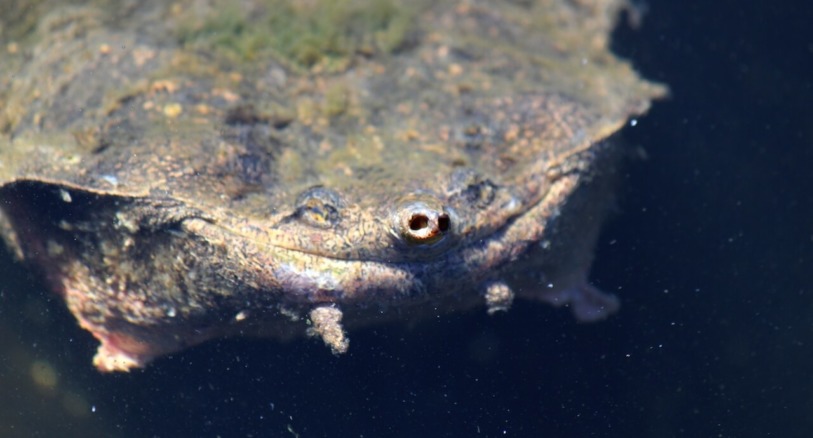
This species inhabits stagnant pools in Brazil and the Guianas and also in parts of the Amazon River and in Trinidad.
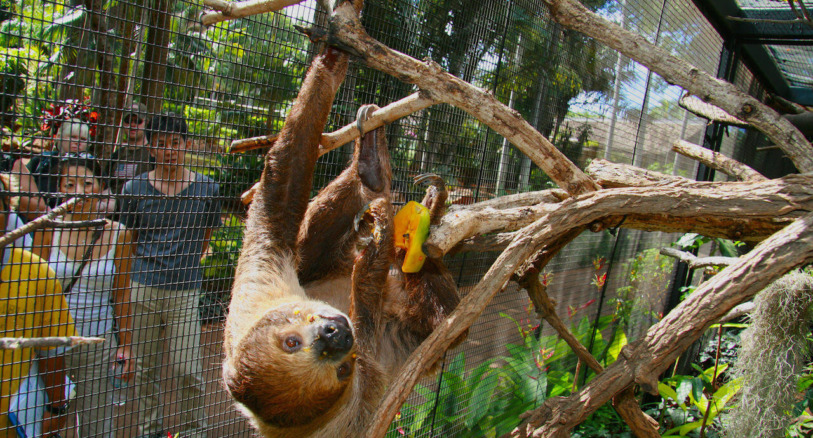
Sloths are found in Central and South America in the rain forest canopy. The Linne’s two-toed sloth is found in such countries as Nicaragua, Columbia, Venezuela, Surinam, Guyana, French Guiana, North Central Brazil, and Northern Peru.
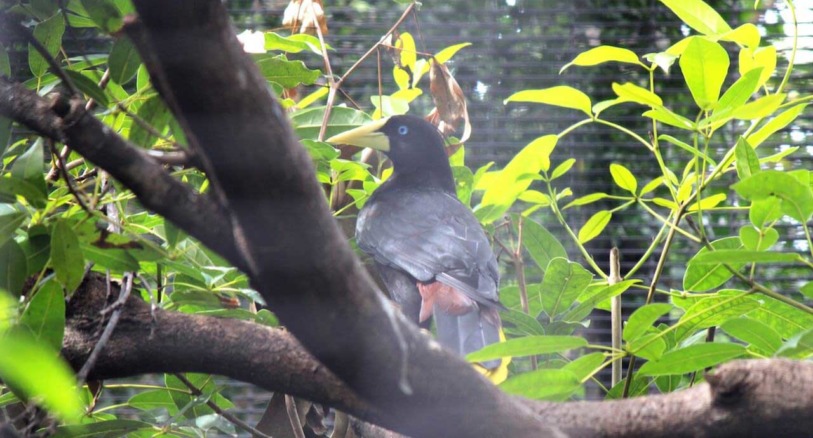
Crested Oropendolas can be found in South America. Specifically, in the Amazon River Basin region or other tropical areas.
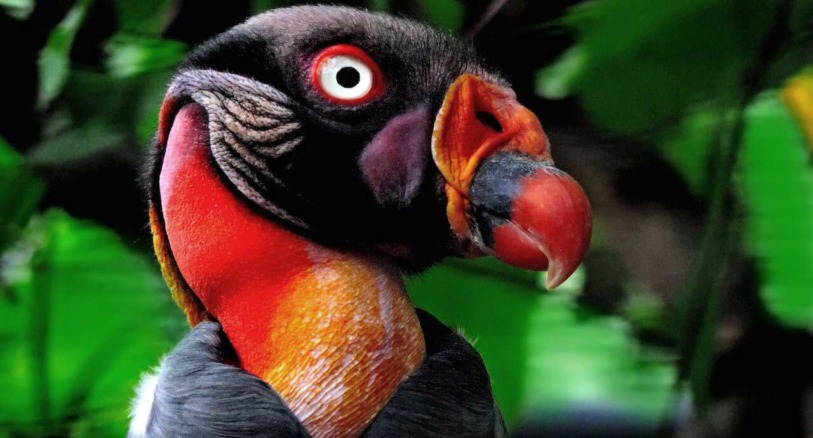
The King vulture, also known as the American king vulture, is the most strikingly colored of the New World vultures.
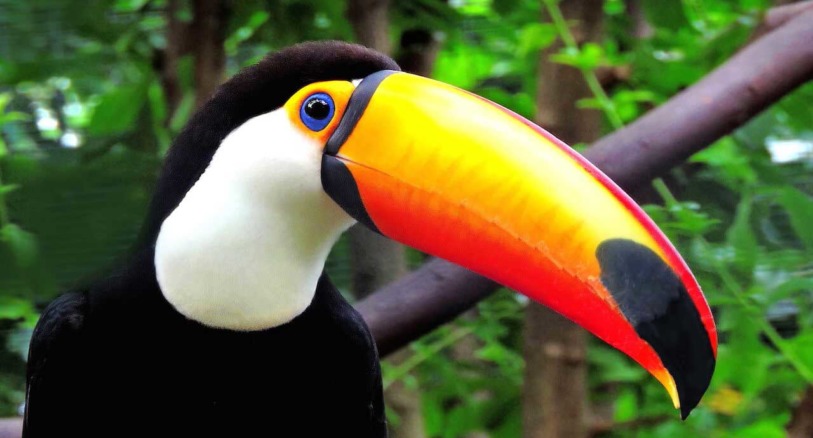
Toucans are found in tropical and subtropical forests in South America;, mainly in Brazil, Paraguay Argentina, and Bolivia. There are about 40 different species of toucans.
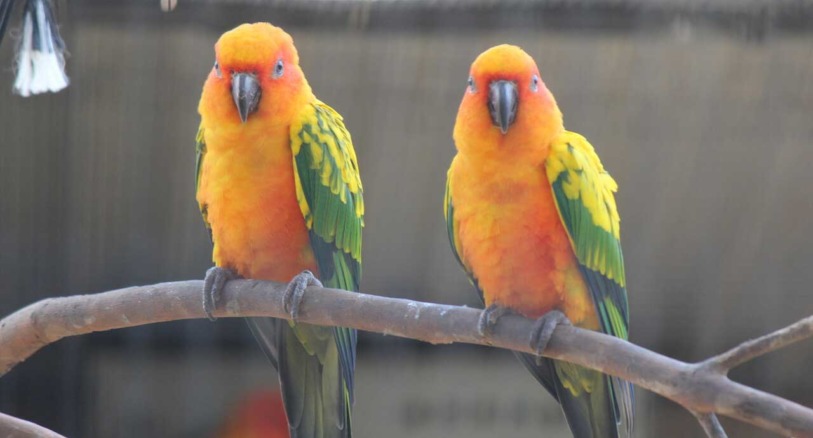
The flight call is a shrill disyllabic screech, repeated a number of times in rapid succession. They are also known to have a thin, high pitched wheezy note, and while perched they may emit typical chuckling sounds.
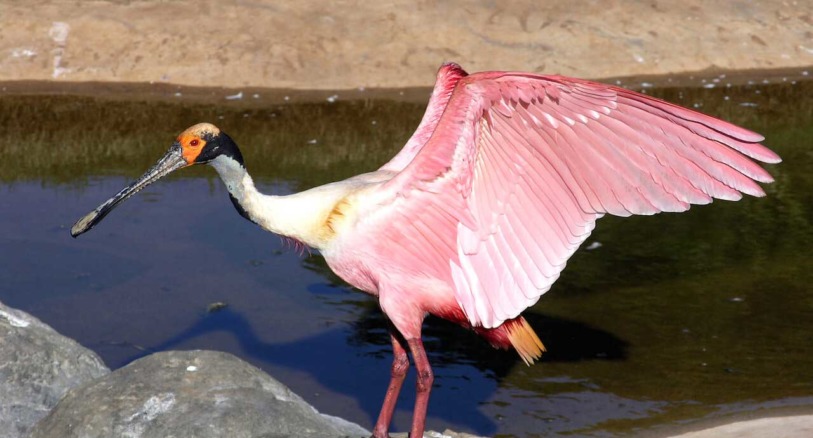
Of the six species of spoonbills only the Roseate Spoonbill lives in the Western Hemisphere. However, they all inhabit the warmer portions of the world.
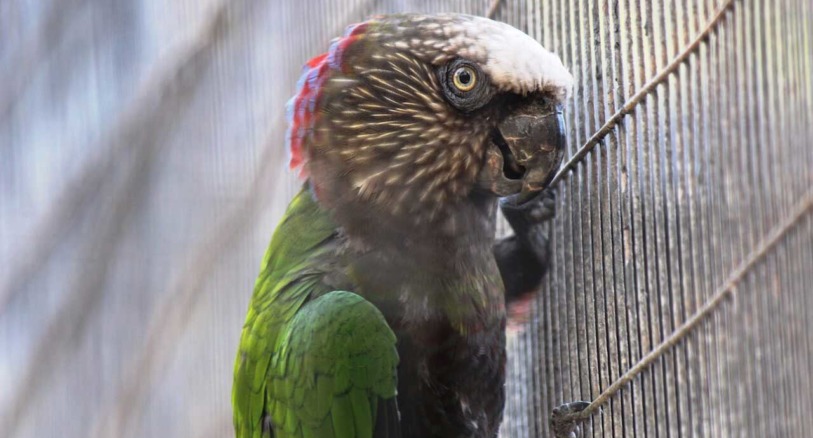
The natural distribution of the hawk-head is in South America, the Guianas, Venezuela, Columbia, Peru, Brazil and Ecuador.

